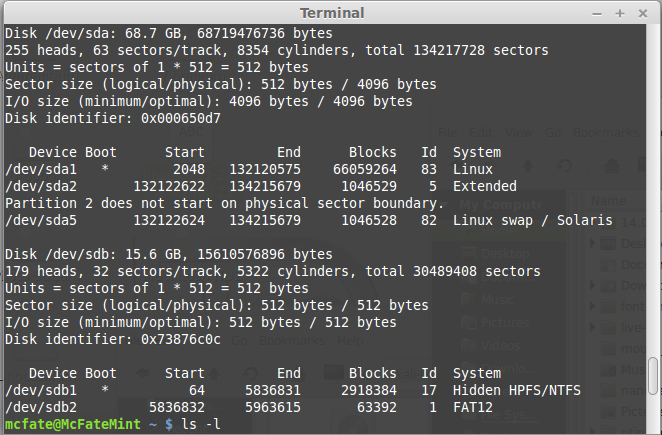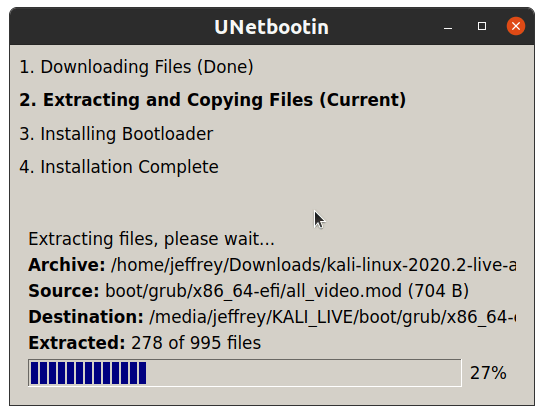

- KALI LINUX USB PERSISTENCE WINDOWS HOW TO
- KALI LINUX USB PERSISTENCE WINDOWS MAC OS
- KALI LINUX USB PERSISTENCE WINDOWS INSTALL
- KALI LINUX USB PERSISTENCE WINDOWS 64 BIT
- KALI LINUX USB PERSISTENCE WINDOWS WINDOWS 10
Without persistence our Linux OS will nor save anything on USB drive it will leave everything on RAM. After make it persistence we can save settings and files.
KALI LINUX USB PERSISTENCE WINDOWS WINDOWS 10
Study Details: Boot with Kali Linux USB Once you have a Kali Live USB, plug it into the USB port of your Windows 10 computer and boot from the USB.You may have to press a special key (e.g., Esc, F2, F12, Del, etc.) during bootup to get the computer to boot from the USB instead of its internal hard drive. Suppose we save a image or text file in Kali Linux's desktop but when we restart the device it will lost and every changes will start as previous. Reset Windows 10 Local Password with Kali Linux Live USB.

But we can't save anything because it is a live OS. then we can successfully boot the computer from pen drive which is loaded with Kali Linux.

In the boot menu we need to change our preferred boot drive from internal hard drive to external devices. Now we can boot from USB drive by changing the boot menu in BIOS settings. This process will take some time depending on our computer's speed. Path, we may wipe out our computer's hard disk! Need to choose the path of our card very carefully. This command will overwrite all existing data on our micro SD card and flash Kali Linux on micro SD card. iso) file in our root directory so we flash Kali Linux on our drive using following command:ĭd if=/Kali_image-file-name.img of=/dev/sdb1 bs=512 Here in the screenshot we can see that last one is our USB drive and its path is /dev/sdb1Īnd suppose we have downloaded our image(.img or. We plug our USB drive in computer and check the path of flash drive using following command : We will flash the image file using dd utility tool.
KALI LINUX USB PERSISTENCE WINDOWS MAC OS
Most of Linux distribution and mac OS comes with pre-loaded dd utility. Then it complete the process, and our Live bootable USB is ready. This will take some time to flash image file depending on our computer's speed. Now open Etcher tool and the we select the downloaded image file and then we select the USB flash drive where we want to write the image file and click on flash. After installing this we plug our pen drive on pc (make sure we don't have plugged any other USB flash drive, be cause if we select wrong USB drive then we may wipe other flash drive).
KALI LINUX USB PERSISTENCE WINDOWS INSTALL
We need to download Etcher we can install it on Windows as we install other software. In this tutorial we are going to use Etcher tool. If we are using a Windows pc to write Kali Linux on USB, then we need some special software. This process can be done from Windows or Linux/mac OS. Well be doing this on Windows 10 for USB creation then Kali to.
KALI LINUX USB PERSISTENCE WINDOWS HOW TO
We need to write the image file on our USB flash drive. How to create a Kali Linux live USB with encrypted persistence in a few minutes using Rufus.
KALI LINUX USB PERSISTENCE WINDOWS 64 BIT
We are downloading the latest 64 bit version of Kali Linux image file.ĭownloading Kali Linux from official websiteĪfter downloading the image file.


 0 kommentar(er)
0 kommentar(er)
